
Did you know that there is a world tour stair running competition called Vertical World Circut? Of course there is, stair running is wicked hard.
I enjoy hitting nearby flights when the trails are wet throughout the long winter training season. Running stairs provides a quick cardio and muscle workout in tandem, and amps up my happy-brain chemicals when the sunshine is hibernating. A stair session can be as long or short as you have time and energy for and might fit nicely into a lunch break. Lastly, some folks whose knees won’t let them go on a traditional run find stair stomping far less painful.
The obvious first step in a good stair routine is to find a staircase. If you don’t live in a place with more than a few flights available, you likely have a sports stadium or tall building nearby that will work. If both buildings and earth are flat where you’re at, maybe there is a staircase leading down to a nearby river or lake that will suffice. The perfect set of stairs will include 100 or more platforms or “treads.” The flights in the above photo equal exactly 100, including the few that are outside of the frame.

Here is a rough outline of some stair workouts that a former cyclocross coach gave me. These can be adjusted to better fit with your level of fitness and comfort. I have only ever done these one day per week, and if that doesn’t feel like enough, push harder. If you can start these workouts with a partner it will be more fun to have someone to race to the top once you’re ready for it.
Week one: Head out for a nice 10- to 15-minute walk or jog on flat ground to warm up. Then, walk up and down the stairs four to six times at a brisk pace. Make sure to consciously engage your glutes and abdominals as much as possible, and the rest of your muscles will follow suit. Try to keep your shoulders parallel with the staircase, lifting your leg instead of twisting to reach the next tread. With those first laps complete, head back to your office or home for a solid stretch. If you don’t regularly run, you may be deeply sore the following day. Your calves might be particularly firey, and that will change with time.
Week two: Follow all of the same steps as week one, with an equal number of ascents, but run every other climb this time. Attack the climb with roughly 70% of your max running speed, walking the landings between flights if you need to. Always walk down the stairs to prevent injury.
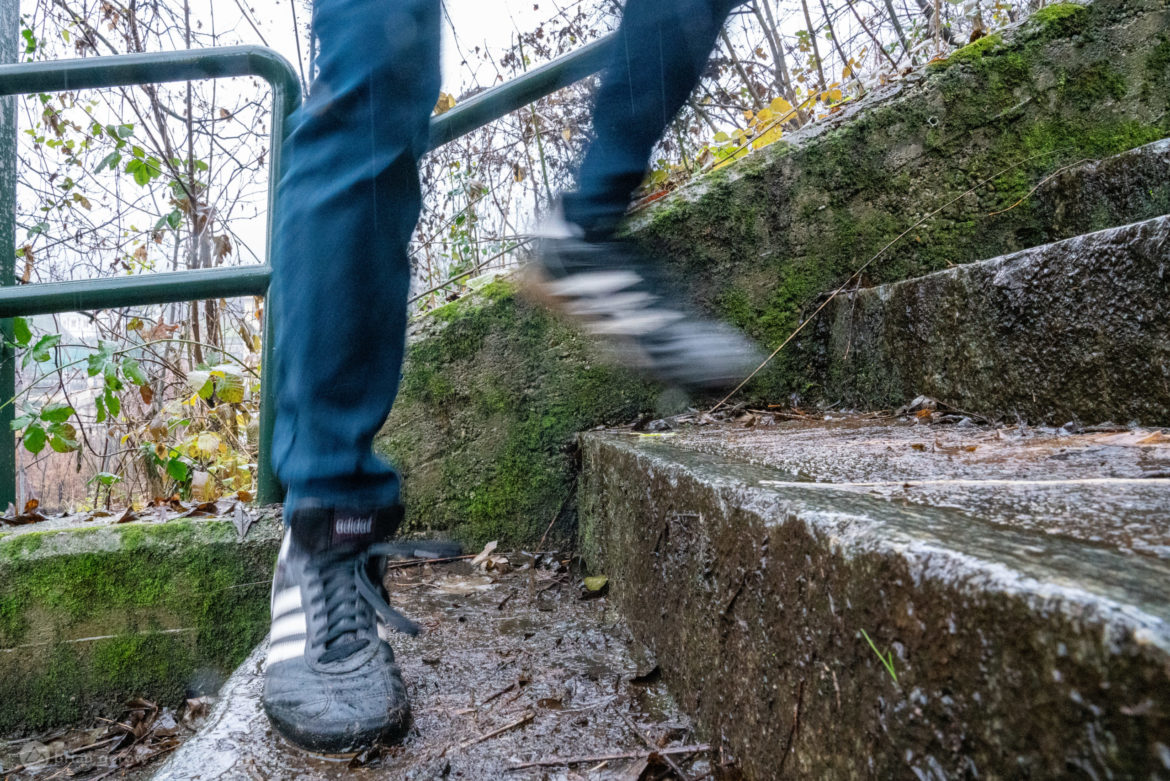
Week three: If those first two attempts felt good, it’s time to turn things up a little. Walk the first climb, then run the second and third. With your heart rate jacked, run the fourth and fifth ascent by skipping over every other step. Your legs should be jelly, so have a nice walk home. If you want a little more, run one last set hitting every tread. If this sounds like too much too fast, repeat week two until it feels manageable.
Week four: Repeat the previous week’s routine, but add a lap or two at 100% capacity. At this point, you should have a clear idea of how well your legs are recovering, and how much harder you want to push them.
Weeks five+: Continue adding in laps, intensity, and variety until you reach ten full ascents. These reps can tear your leg muscles up significantly, so I wouldn’t do them any closer than two weeks before a race or important ride.
Variation: You can add to the challenge and recruit different muscle groups by varying the ways you get to the top step. Try hopping with both feet all the way, hopping two or three steps at a time, hop on one foot, running up with your body and feet perpendicular to the stairs, running on your toes, or sprinting full gas toward the peak on the final lap.
I have never needed to run more than ten laps in a single stair session, nor have I reached the point where my legs weren’t shaking after the final 100-tread ascent. Like any workout, if these don’t feel hard enough you can simply push the pace.
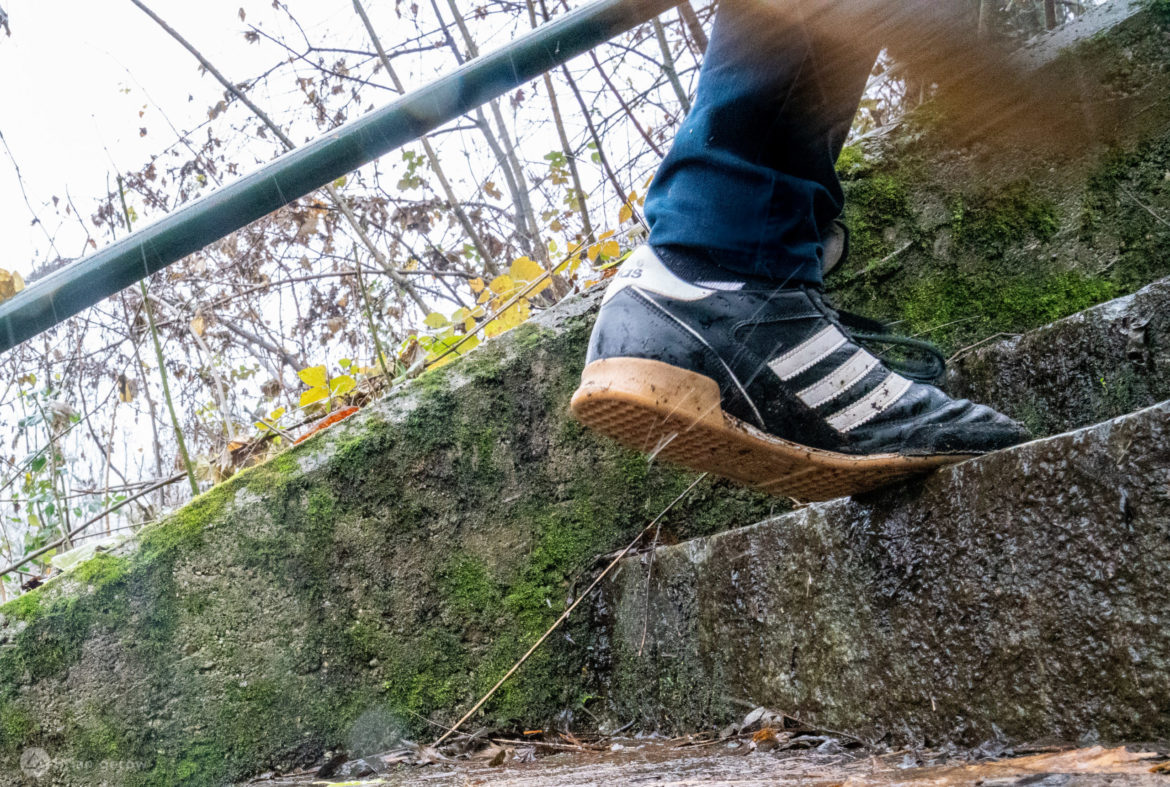



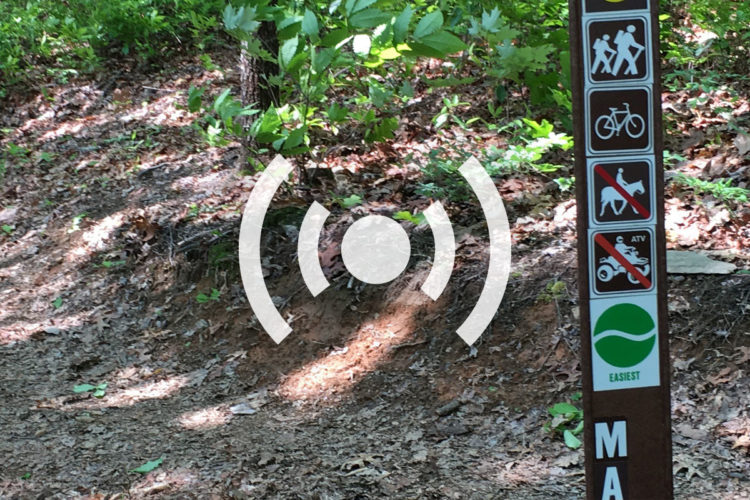
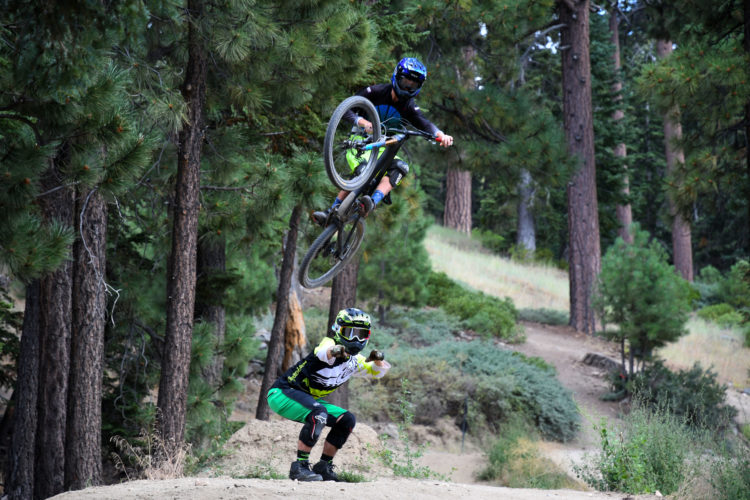

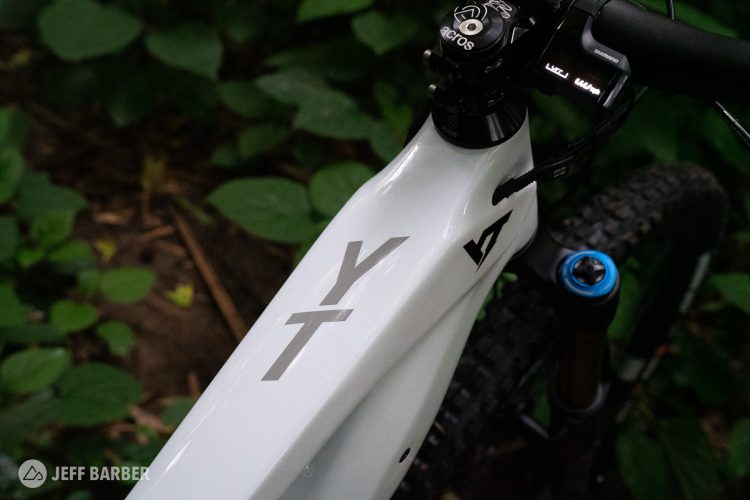
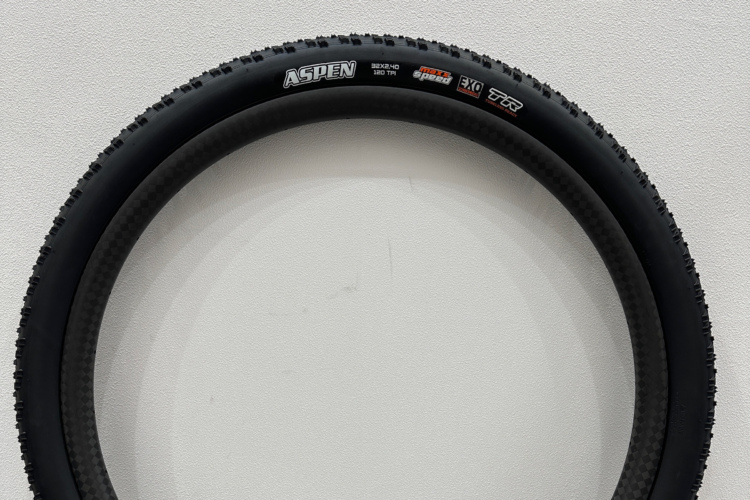



2 Comments
Jan 4, 2020
Jan 3, 2020